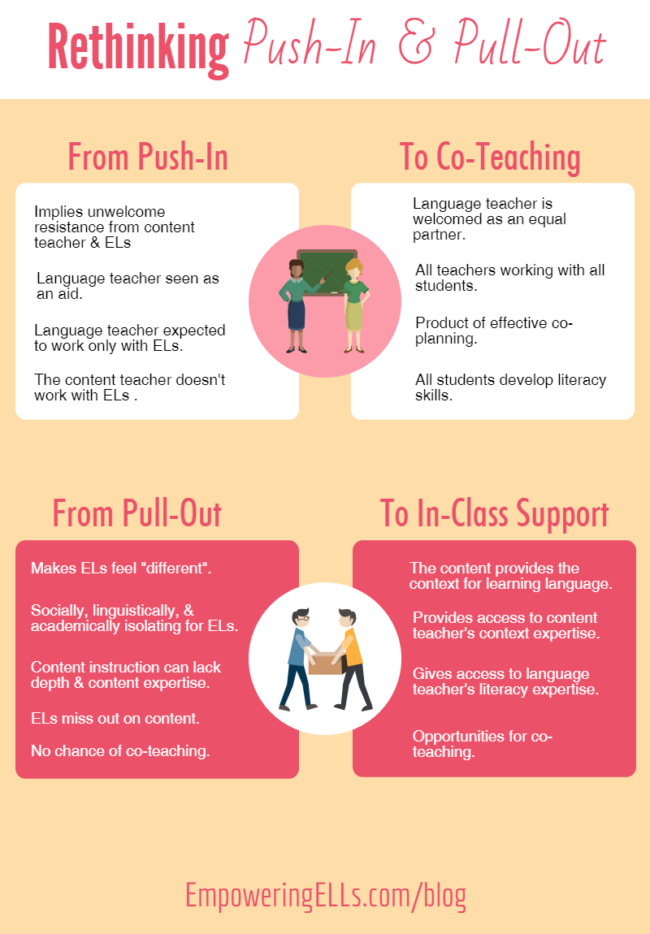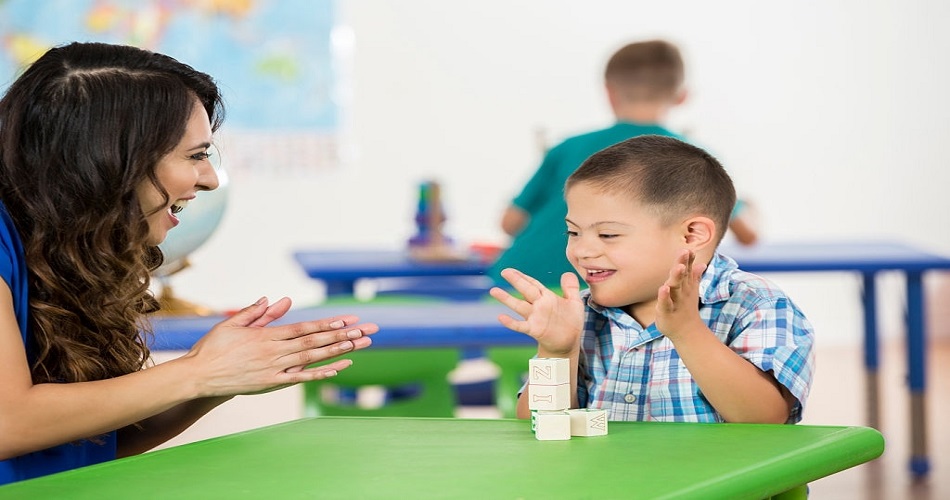Inclusion has become a common practice in today’s classrooms. Unfortunately, many children with special needs continue to be pulled out of the classroom for various services like counselling, occupational therapy, speech therapy, physical therapy, and extra support. Now the teachers as well as the parents are to decide the place where the environment is least-restrictive for the special needs students so that they can be more successful.
Most teachers are required to absorb the instruction for special needs students, but they are not given the right to choose the curriculum or develop the study materials before they are utilised. While it might sound idealistic, it could be the reality, in future classrooms with the Individualized Education Program (IEP). When a teacher adopts a curriculum, she or he works to accommodate as many student needs as possible by developing an array of potential supports.
A curriculum without adaptations is suitable for all kind of situations. However, adapted materials can be customized to the students. Many schools are thinking in this manner so that teachers eventually find out the effective teaching strategies for special education students and hands them the tools to monitor their effectiveness. In this manner, if a teaching method is less effective, they can make appropriate changes to the course.
Now, you might be wondering what are the Push in and Pull out services?
They are the two important models of school-based interventions in special education. Let’s find out more!
Push - in
It is a kind of approach that is used by the general education teacher and the special education teacher to work closely together. The main focus of this approach is to make sure whether the students are receiving full access to the general education curriculum while reducing the amount of disruption (pulling students out of a classroom) that takes place in their daily schedule. This also includes the implementation of specially designed modifications within the classroom setting.
Pull- out
Depending on the special needs of the children, he or she might require assistance from a small group or individual instruction from the special education teacher in another setting outside of the general education classroom. The instruction will be based on either on reading, language arts, and/or mathematics, according to the student’s needs.

Pull-out or Push-in: Impact on Students with Special Needs, Social, Emotional, and Academic Success
According to the Individuals with Disabilities Education Act, 2004, “Removal of children with disabilities from the regular educational environment occurs only when the nature or severity of disability is such that education in regular classes with the use of supplementary aids and services cannot be achieved satisfactorily”. However, the National Report to Congress (U.S. Department of Education, 2007), states that 49.9% of students with special needs receive inclusive services for most of the day at school and approximately 23% of students receive their education primarily in separate special education.
Although more and more schools are adapting to inclusive settings, many students are still being pulled out of the classroom for services or are even being placed in self-contained classrooms. However, statistics say that there is huge increase in the number of students with disabilities who are being served in general education classes than ever before. These special education services are provided for the students in order to make them achieve all kind of success.
Now, the impact that is being created on their social, emotional, and academic success when then are pulled out of the general education classroom for services must be monitored and looked into. From a teacher’s perspective, although these pull-out programs provide focused attention, students might lack behind as they miss classroom instruction and often feel hopeless or inadequate for being pulled out of their regular class.
It is no doubt that inclusive learning benefits all students in the classroom by providing personalized instruction but it is also a complex task involving teachers, administrators, and families. Special education and general education teachers often work together to develop a curriculum and also a positive atmosphere in class. The role of a special education teacher in an inclusive classroom is to check that students with disabilities or special needs receive a quality education. Therefore, a special educational needs teacher training is very crucial for teachers handling children with special needs.
Written By : Angira Mitra











